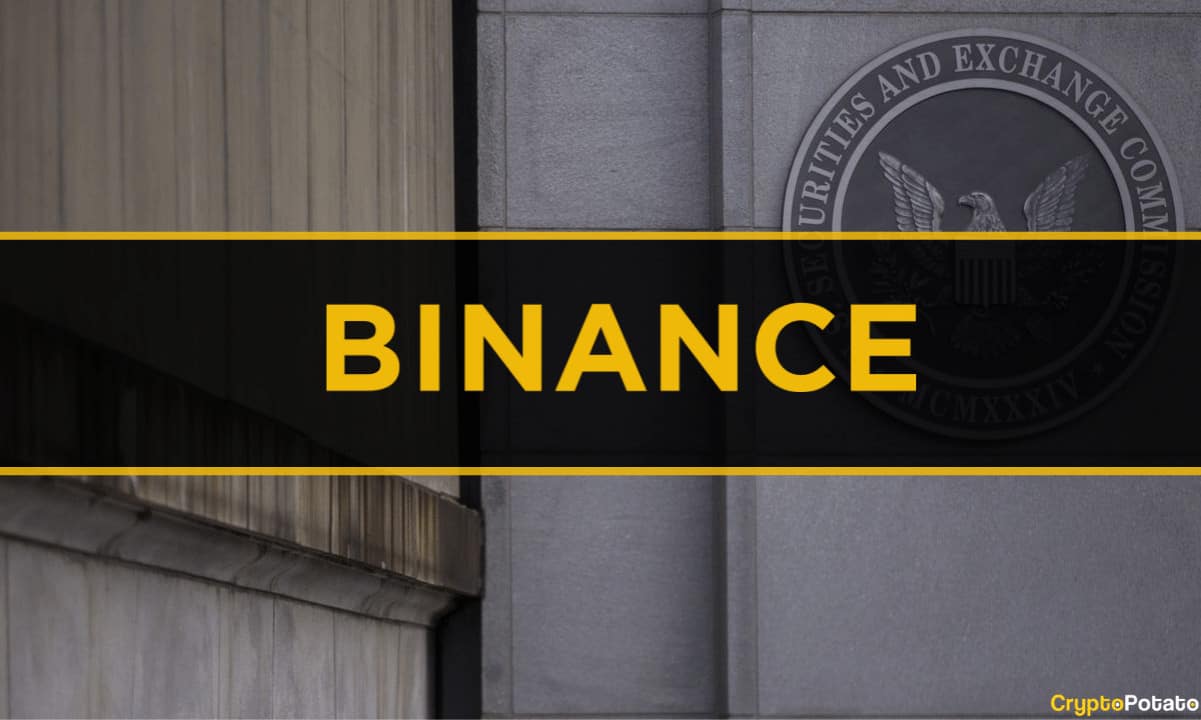Garbled Circuits 101: What Could They Enable for Blockchain Privacy?
Blockchains were originally designed to be transparent, with every wallet and transaction on public display. Many supporters see this ‘trustlessness’ as a strength, but there are some obvious drawbacks, such as the security risk of having all of your financial activity available on-chain.
We can see this in the rates of illicit activity around blockchain, with bad actors accounting for $39.6bn of transaction volume in 2022.
We are also seeing a growing tactic of frontrunning for personal gain, where users with the technical skills to do so, reorder trades before they are committed to a block. By doing this they can ensure their own trades are always profitable.
These are just two examples of why transparency is often seen as a bug, and it’s also why the search for blockchain privacy is heating up. We are now seeing a flurry of innovation within the ecosystem to push for privacy solutions, arguably the last frontier for blockchain.
Blockchain Privacy Solutions
You may already be familiar with Zero-Knowledge proofs or ZKPs, one of the first blockchain privacy solutions to gain widespread adoption. ZKPs allow data to be shared between two parties without revealing any sensitive information. However, they fall short when handling more complex computations.
In many instances blockchain applications need multiple parties to compute solutions together, known as Multi Party Computation (MPC). This is where Fully Homomorphic Encryption (FHE) came into play. About four years ago, FHE emerged as an elegant solution to solve the MPC problem. FHE enables multiple parties to carry out computations on encrypted data without needing to disclose or know the underlying data points in order to retrieve the end result. However, FHE faces significant scaling issues given its high computing costs.
Garbled Circuits, High-speed, Lightweight Blockchain Privacy
Garbled Circuits – a technology developed by Soda Labs and implemented exclusive by COTI – aims to solve the MPC problem with much lower costs to run and far better performance.
In essence Garbled Circuits can be used to make confidential multi-party computations of varying complexity with any number of participants providing inputs. This makes it suitable for complex applications on blockchain protocols including private smart contracts. However, tweaks to the technology today mean that it is less computationally intensive, giving it the ability to scale.
How do Garbled Circuits work?
The concept of Garbled Circuits actually dates back to the late 80s, when it was proposed as a solution to Yao’s Millionaires’ Problem by famous cryptographer Andrew Yao. Imagine that there are two millionaires, Alice and Bob, who want to know who between the two of them has more money. The problem is that no one wants to reveal how much they have exactly. Instead of revealing the amount of money each of them has, they can solve their dispute with the help of Garbled Circuits.
Alice and Bob each write down their net worth in encrypted text, as a string of letters and numbers. Both of them put this piece of paper into a black box, and after a split second, a piece of paper is ejected with the name of the richer person. In this example, the black box is the Garbled Circuit, a powerful computer program that can perform complex calculations on encrypted data without leaking any information.
Garbled Circuits introduce new levels of confidentiality to Web3, protecting data and metadata to enable confidential payments, private/blind auctions and the secure management of sensitive information on-chain without sacrificing performance. COTI has demonstrated the technology’s effectiveness ahead of its integration with Ethereum-based Layer-2 network, COTI V2, which launched in April.
Web3 Use Cases for Garbled Circuits
As blockchain applications grow more complex, a privacy solution is needed that can handle secure MPC without any limit to the number of inputs. In these instances, Garbled Circuits have huge potential.
Confidential DeFI: Garbled Circuits enable confidential transactions, allowing Decentralized Finance (DeFi) apps to maintain regulatory requirements while solving losses from MEV by encrypting transaction data, shielding them from sandwich bots. Just some of the DeFi use cases of GC include private Automated Market Makers (AMMs), undercollateralized lending, dark pools and hybrid exchanges. These can leverage both centralized and decentralized elements while keeping trade details confidential.
Dynamic Decentralized Identification (DID): Garbled Circuits facilitate identity verification and personal information sharing, calculation, and storage without revealing actual data to other parties, ensuring KYC compliance while maintaining user privacy. For instance, decentralized lenders can now establish someone’s suitability for a loan without the individual exposing their wallet address or personal information. The GC breakthrough preserves privacy whilst fulfilling regulatory requirements.
On-Chain Sensitive Data Management: Garbled Circuits allow for encrypted data storage on-chain, enabling analysis of sensitive information without compromising privacy. Data can be safely shared across sites, preventing companies from scraping and selling it. Some of the applications that become possible include confidential on-chain voting systems and healthcare services. By storing encrypted data on-chain, GC satisfies stringent data protection standards whilst still providing the benefits of blockchain data storage and analysis.
One of the main characteristics of Garbled Circuits is their efficiency. Benchmark tests have shown that Garbled Circuits are much faster, lighter and cost-effective than any other privacy-preserving technology available today. This makes GC highly scalable, ensuring that the technology can grow alongside expanding markets such as Real World Assets (RWA) and Artificial Intelligence (AI).
Confidential Transactions for Payments, Stablecoins and RWA. Garbled Circuits maintains fund flow transparency while encrypting transaction details, ensuring regulatory compliance for payments, stablecoins, and real-world assets (RWA). RWAs include assets like real estate, commodities and securities that require high levels of privacy. GCs ability to ensure privacy, meet regulatory requirements, enhance security, and scale efficiently makes them an ideal choice.
Confidential Machine Learning & AI. Garbled Circuits also enables secure, private interactions with AI and large language models (LLMs), safeguarding data model confidentiality and data source privacy as required by law. GC can be used to enable decentralized and democratic ML model development and opens up new possibilities for privacy-focussed data marketplaces allowing researchers and businesses to work with datasets without exposing sensitive information.
Summary
To summarize, Garbled Circuits are revolutionizing privacy in blockchain applications, offering solutions that cater to various sectors, including DeFi, identity management, sensitive data handling, and AI. With their increased performance and scalability over other privacy solutions like FHE, Garbled Circuits are set to play a pivotal role in the future of Web3.
Authored by: Shafah Ban-Geffen, CEO and CO-Founder of COTI
The post Garbled Circuits 101: What Could They Enable for Blockchain Privacy? appeared first on CryptoPotato.









